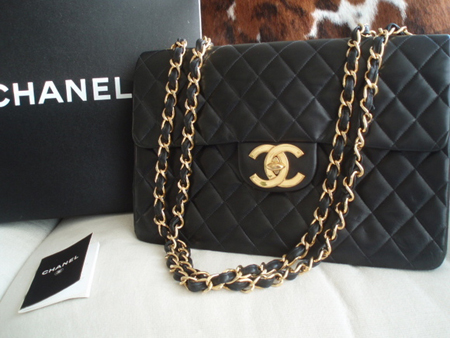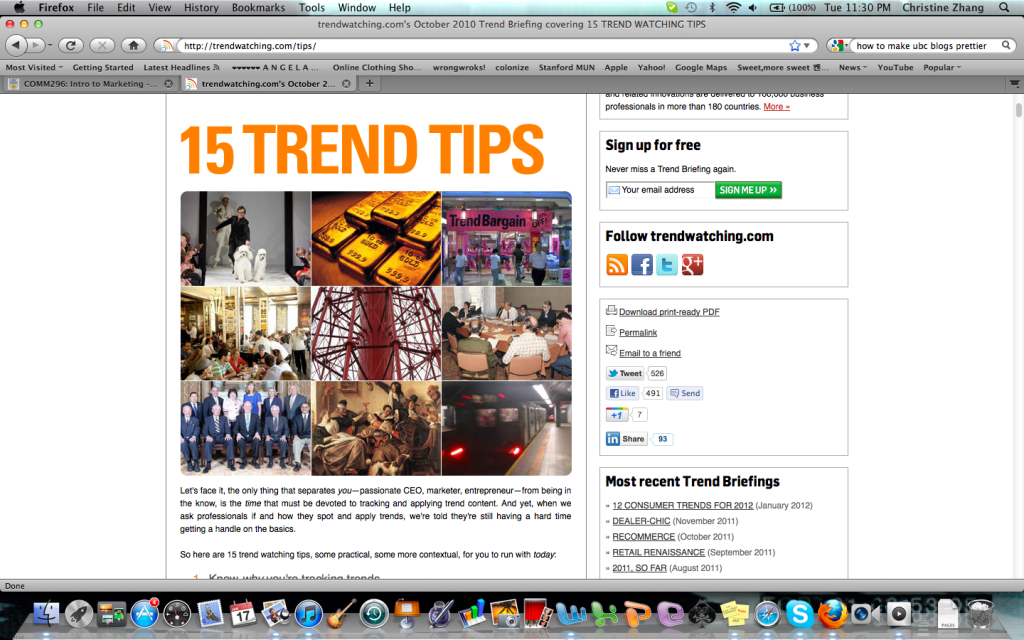After perusing through a couple of blogs, I came upon Rohit Bhargava’s blog titled Influential Marketing Blog, and was particularly drawn to a post titled “The Upside of being Ordinary and Obvious”.
The author of the post summarizes that sometimes, the most obvious and ordinary marketing strategy is the best and I definitely agree with him. In this age, where promotion is one of the largest factors in making a company and its product successful or not, Companies often forget that the product’s most obvious and ordinary aspect may be its greatest competitive advantage.
The author lists three reasons why the obvious strategy may be the best:
1) Customers have ordinary and obvious requirements
2) The ordinary and obvious are the most important
3) The ordinary and the obvious may have its passionate fans
I believe most goods need a marketing strategy and advertisement that create a distinct positioning in the consumer’s minds. Due to the growth of technology and the creation of the internet, many companies tend to be competitive in their creative and innovative advertisements; therefore, losing sight of why the product is actually valued by consumers. At the same time, these “crazy” advertisements make it hard for consumers to interpret the products main benefits.

Expanding on the Blackberry example, used in the blog, the company seems to have forgotten the crux as to why their phones are so popular and instead focuses on its products new features that other smart phones already possess. Loyal Blackberry users are born because they find the simple and easy keyboards more convenient than other smart phones; however, there are never any advertisements that show this. Blackberry needs to stop comparing its product to the fast improvement of their competitors products and instead, focus on re-capturing the uniqueness of their own market following.
Sometimes, simple positioning and promotion can be the most effective in selling a product!








